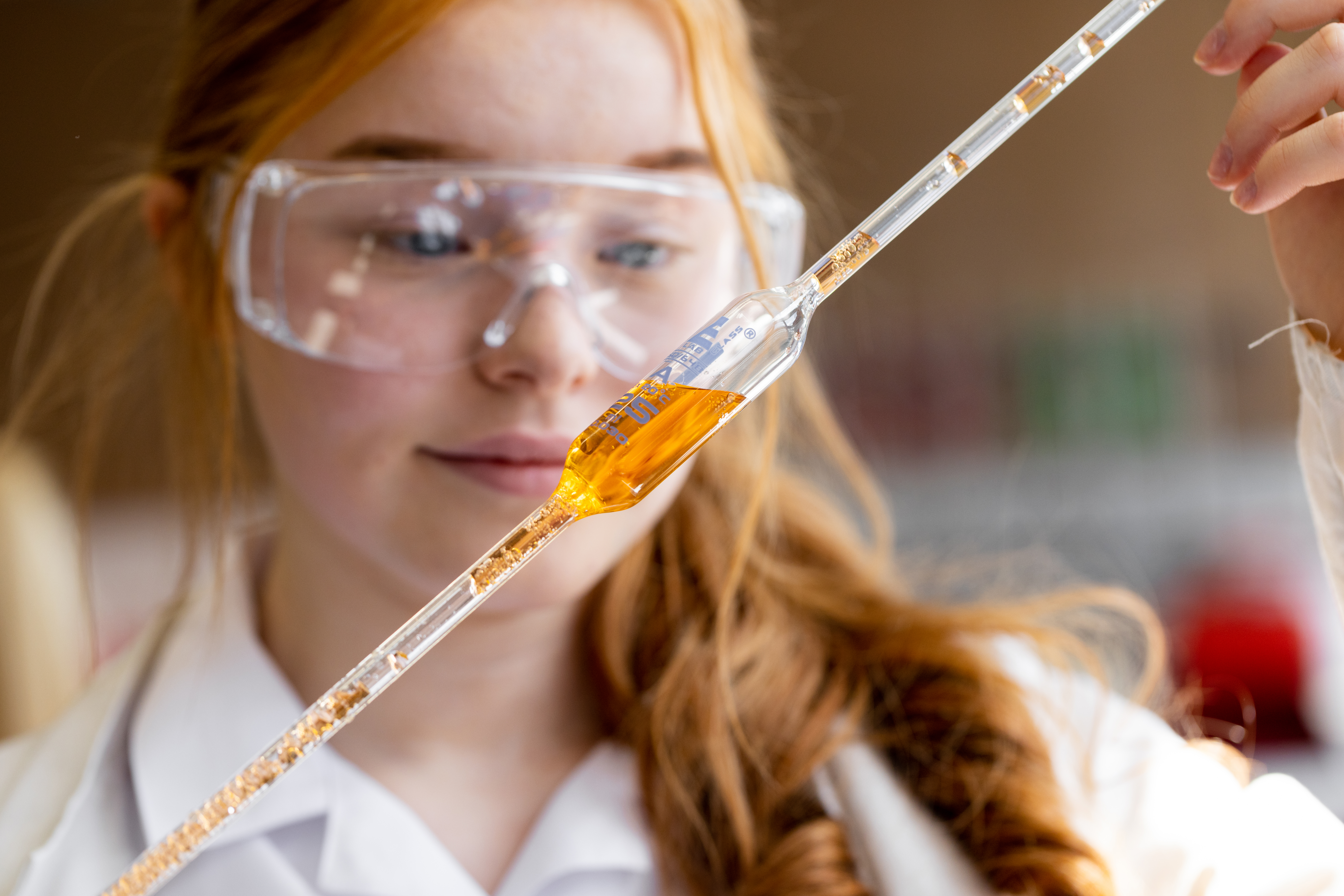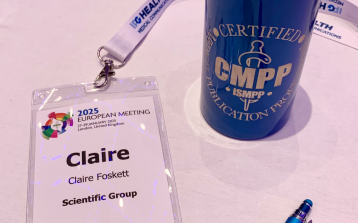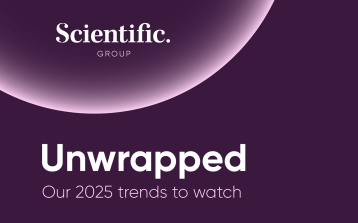Volunteering is an aspirational and transcendent exercise of goodwill that usually ends up on the very bottom of my to do list. Yet, when your company offers a paid day to volunteer in addition to bank holidays and a generous amount of personal time off, it takes less inertia to step forward and assist. I certainly enjoy volunteering my body for manual work. Mulching trails, lifting and moving donated goods, walking a campus asking fellow students for donations – I’ve sweated quite a bit. But giving back comes in many forms, including those of a more intellectual bent. A former colleague once encouraged me and a team of medical writers to try judging our local science fairs, and his encouragement struck a chord. So, I finally tried it.
Science has always been my underlying passion, though the only science fair project I ever presented was a 7-year-old’s demonstration of how to recycle paper. Nevertheless, the scientific method is now part of my psyche, a deliberate framework of how I think and navigate the world. This mindset is a result of all my years doing experiments and writing in graduate school. Still, while I’ve presented numerous posters, contributed as an author on papers, and successfully defended my dissertation, a middle school science fair was frankly terrifying. I assumed going into this ordeal that these 12–14-year-old kids would be far beyond the classic papier mâché volcano built by mom and dad. And I was right.
I submitted an application to judge the former of two categories, life sciences and physical sciences. I chose life sciences for two reasons. One, since this was my first time as a judge, I was going to judge the genre of science I know best. Two, my 12-year-old daughter joined this very same science fair and entered a project within the physical sciences. I could never countenance a conflict of interest, not even in a school science fair! I was thrilled when the fair coordinator reached out and welcomed me to be among the six judges for the life sciences category. About a week before the fair, we judges received an email with a link to the abstracts for all 19 life science entries. Students also included slides showing their hypotheses and data. My work had begun.
Ladies and gentlemen, 12–14-year-old children don’t get enough credit or respect. They. Are. Smart. And they work hard! Just a sample of the project entry topics were growing plants under different wavelengths of light, documenting the genetic lineage of fingerprints, testing a variety of water treatment methods, timing the Stroop effect among different age populations. Did you catch that? Remember, these are middle school students. I didn’t learn about the Stroop effect until taking psychology at university. My fellow judges agreed, we had our work cut out for us.
The science fair took place in a local high school gymnasium. Middle school projects on one side, high school projects on the other. The place was buzzing with excitement. Though I’ve never been a judge before, the sight was familiar. Squint a little, add in free pharma swag and elegant silver coffee dispensers, and the science fair would have been a run-of-the-mill medical conference. Upon seeing the tri-fold posters for the first time, the project titles, students’ names, and hypotheses were familiar from reading their abstracts and slides. But standing next to their colorful posters, the students made these projects come to life. The variety of expressions on the students’ faces were a familiar mix of shyness, nerves, and excitement.
I too was nervous, but, along with my judging guidelines, I had some clear scientific questions of my own that I wanted these young scientists to answer. Did they have a clear hypothesis? Did they follow the scientific method? Did they have a healthy amount of data? Did they show these data in a graph or other visual representation? After drawing a conclusion from their data, did they discuss the implications of their results? And the icing on the cake, did they think of even more questions from their conclusion? Oh yeah, what was their favorite part of the project? That question triggered the most smiles and excited answers. Remember, they’re still kids!
The clock struck. Ready…present! We judges mingled evenly among the students to not overlap. I spent about 5–7 minutes at each project and made sure to: 1) shake their hand and introduce myself; 2) hear their hypotheses; 3) look at their data; 4) ask each student or group a couple of pertinent questions to get them to think about the scientific process and perhaps the impact of their work; 5) ask them the favorite question; and finally 6) thank them for their time, diligence, and incredible projects.
Two projects quickly became four, four became eight, eight became sixteen, and they all started to blur. My notes were messy, but my mind was surprisingly clear. By the time I reached the final two projects, I had been interviewing, listening, and thinking for almost two hours. It was the final two projects that surprised me. Clear hypotheses, clear data, interesting outcomes, presentations that hit on all the major aspects of the projects. The posters were also easy to read. The final presentations were especially polished!
Walking back to the judges’ room, I was ecstatic for what I had just witnessed and experienced. Young minds applying the scientific method, many clearly having enjoyed doing experiments and learning how to collect and interpret data. To my astonishment, when I met with the other judges, we each had the same top five projects. The seasoned judges were not so surprised. Though all these kids created neat projects, some, mostly experienced 8th graders, put every scientific aspect together for standout projects. After a brief discussion, my picks for first and second place were swapped for the final award decision. My third place received an honorable mention, and the final third place award was my number five! My sixth-grade daughter didn’t place in the physical sciences category, but she was named most promising young scientist, and I couldn’t be prouder. She’s already thinking about next year’s project!
The fair helped me appreciate that we’re all scientists, young and old. Young middle schoolers understand how to do science; this is certain as every project I reviewed followed the scientific method. Yet, these students also understand the importance of science in a world, a universe, so full of wonder, curiosity, and baffling questions. We do stand on the shoulders of giants. For millennia, scientific understanding, footing, was built, rebuilt, and continues to grow as we try to understand everything from the tiniest subatomic particle to the largest supermassive black hole and the most complex living organisms with brains and circulatory systems that arise from carefully copied DNA.
I can attest that young scientists are intrepid and will transcend current limits. These kids fully understand the impact humans have on the world. They can interpret data and know what we’ve done to planet Earth. Above all else, I am hopeful for the future of our kids and the planet. This new generation of scientists is asking critical questions and thinking in new ways to answer them. If you don’t believe me, go to your local middle school science fair and see for yourself. I’ll certainly be back next year, using my volunteer day to witness once again this new generation of young scientists, learning, growing, and ready to show their data and support their hypotheses!





